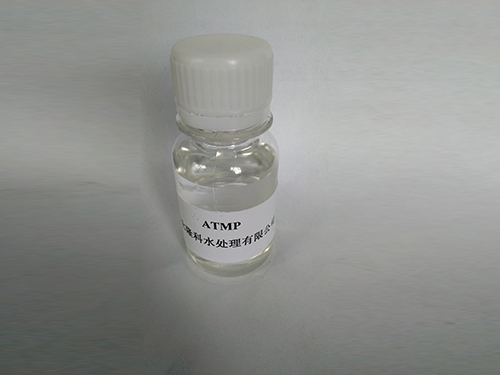Creating Effective Strategies for Digital Transformation and Performance Management in Organizations
Understanding DTPMPA A Comprehensive Overview
DTPMPA, or Diethylenetriamine Penta(Methylene Phosphonic Acid), is a phosphonate compound widely utilized in various industrial applications due to its significant properties as a chelating agent and a scale inhibitor. As industries strive for efficiency and sustainability, understanding the role and advantages of DTPMPA becomes increasingly important. This article seeks to provide a comprehensive overview of DTPMPA, including its chemical characteristics, applications, advantages, and regulatory considerations.
Chemical Characteristics
DTPMPA is a member of the amine phosphonic acid family and is recognized for its ability to form stable complexes with metal ions. The substance is a colorless to light yellow liquid or solid, depending on its concentration and formulation. Structurally, DTPMPA contains multiple methylene phosphonic acid groups, which afford it unique properties in binding with metal ions like calcium, iron, and magnesium. This ability to chelate metal ions is crucial in various processes, especially in water treatment, where it mitigates scale formation and helps maintain the efficiency of industrial systems.
Applications
One of the primary areas where DTPMPA shines is in water treatment processes. It effectively inhibits the formation of scale in cooling towers, boilers, and pipelines, which can lead to significant operational issues and maintenance costs. By preventing scale build-up, industries can ensure better heat exchange efficiency and reduce energy consumption.
Moreover, DTPMPA is commonly employed in the formulation of detergents and cleaning products, where its ability to bind metal ions enhances the cleaning efficiency by preventing the interference of hardness ions. This property is particularly advantageous in household and industrial cleaning supplies, contributing to their effectiveness in various cleaning applications.
dtpmpa

In the agricultural sector, DTPMPA is used as a chelating agent in fertilizers, enhancing nutrient availability for crops by preventing the precipitation of essential nutrients. This use not only improves crop yields but also supports sustainable agriculture practices by maximizing the efficiency of fertilizers.
Advantages
The advantages of DTPMPA are manifold. Its strong chelating ability allows for greater control over metal ions in various environments, reducing the risk of scaling and fouling. Additionally, its low toxicity makes it a safer alternative to some traditional chemicals used in similar applications. This aspect of DTPMPA aligns well with the growing demand for environmentally friendly solutions in industrial processes.
Another significant benefit is its thermal stability, which broadens its operational range. DTPMPA can function effectively under high temperatures and various pH conditions, making it versatile in its applications. Furthermore, its compatibility with various surfactants and other formulations enhances its usability across different industries.
Regulatory Considerations
As with any chemical compound, the use of DTPMPA is subject to regulatory scrutiny. In many regions, it is essential for manufacturers to comply with safety and environmental regulations when producing and utilizing DTPMPA. Regulatory bodies assess the potential impacts of chemicals on health and the environment, requiring appropriate risk assessments and management plans.
In conclusion, DTPMPA is a versatile and effective compound with numerous industrial applications. Its chelating and scale-inhibiting properties make it invaluable in water treatment, cleaning products, and agriculture, while its low toxicity and regulatory compliance underscore its suitability for contemporary industrial uses. As industries continue to seek efficient and sustainable solutions, the relevance of DTPMPA is likely to grow, underscoring the importance of further research and development in this field.
-
Water Treatment with Flocculant Water TreatmentNewsJun.12,2025
-
Polymaleic AnhydrideNewsJun.12,2025
-
Polyaspartic AcidNewsJun.12,2025
-
Enhance Industrial Processes with IsothiazolinonesNewsJun.12,2025
-
Enhance Industrial Processes with PBTCA SolutionsNewsJun.12,2025
-
Dodecyldimethylbenzylammonium Chloride SolutionsNewsJun.12,2025





